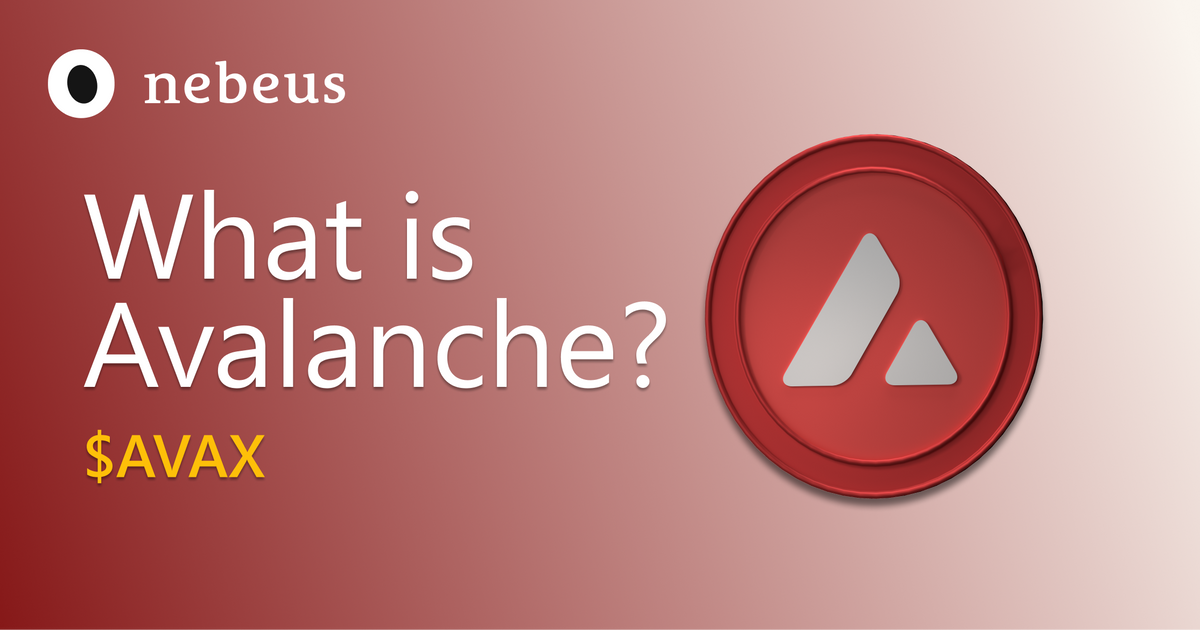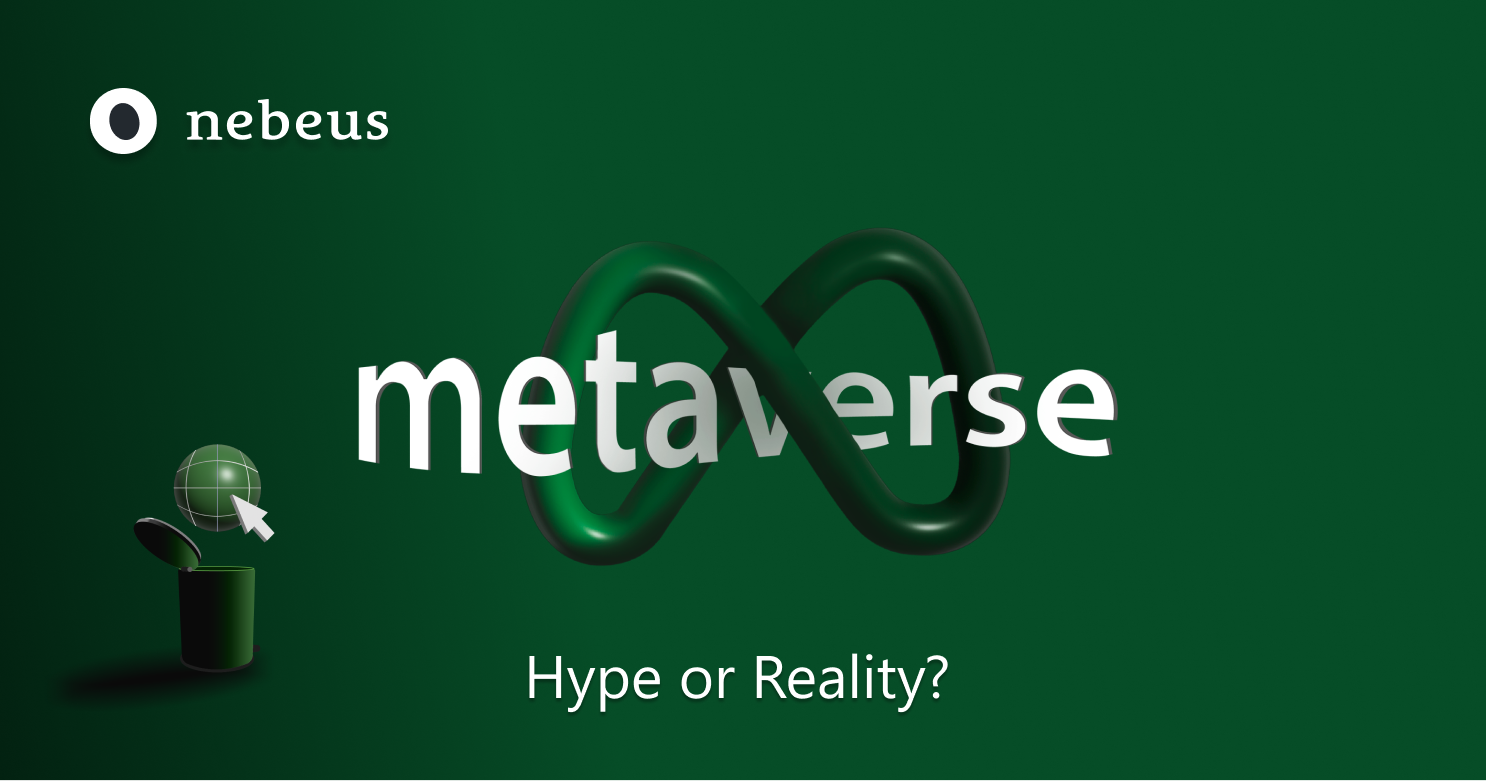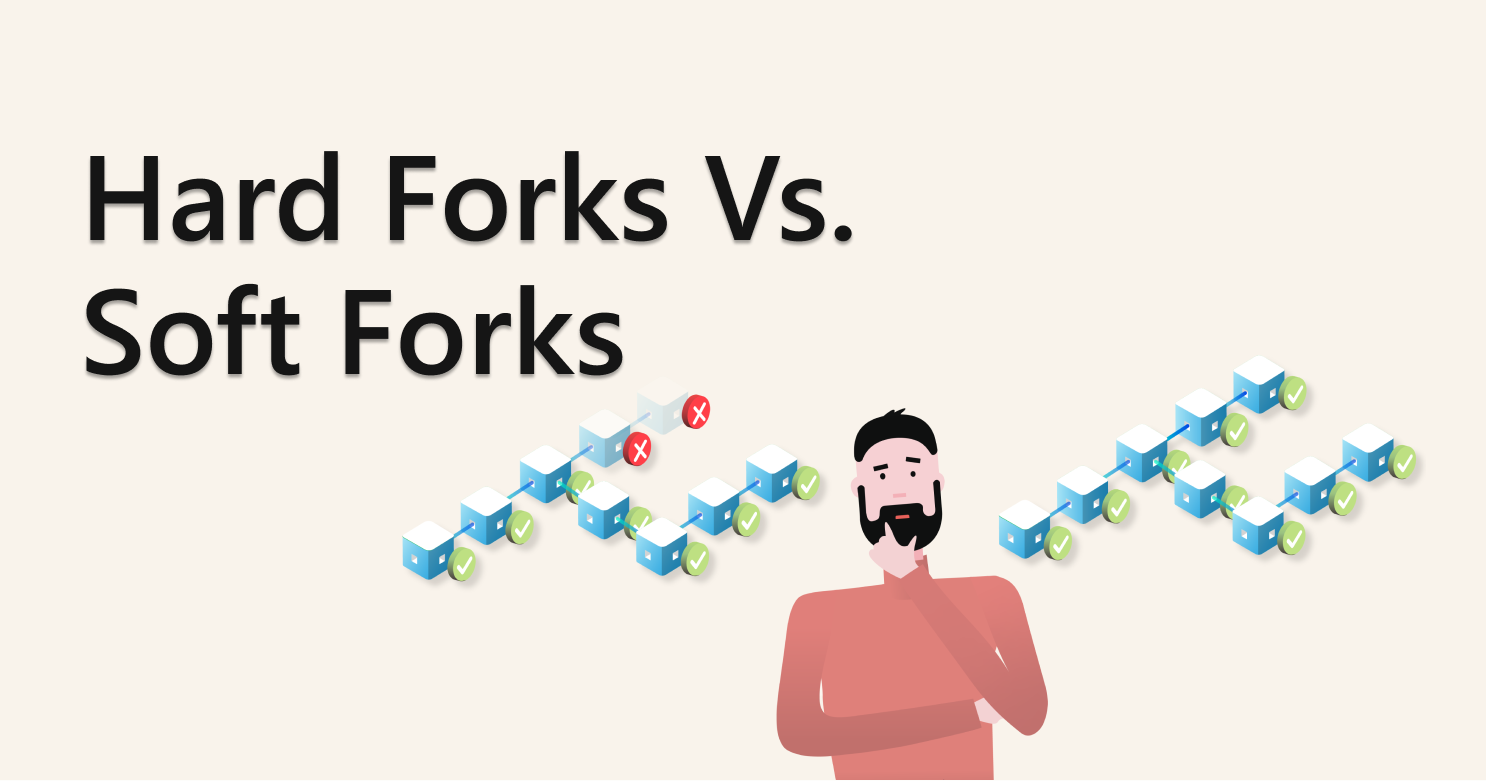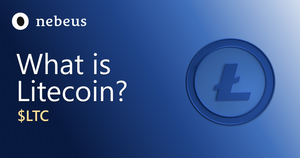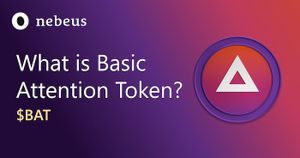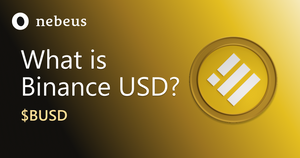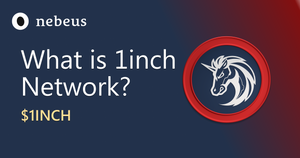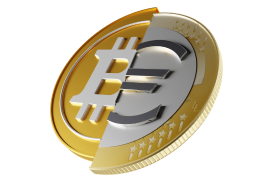“The quickest smart contracts platform in the blockchain industry, as measured by time-to-finality”
– Avalanche
Note: This is part of Nebeus’ new Coin Analysis series, where you can discover the latest crypto coin news.
Ava Labs' Avalanche is a smart contract-capable blockchain technology launched in 2020. Avalanche intends to provide a scalable blockchain solution while retaining decentralisation and security, emphasising cheaper costs, faster transaction speeds, and environmental friendliness.
Avalanche is fueled by its native token Avalanche (AVAX). In other words, the token serves as a form of currency inside the network, generally for fee collection in transactions, incentives, and a variety of other applications.
It is also used for AVAX staking, which helps to safeguard the network. After that, stakers are rewarded with extra AVAX. Some users stake AVAX to generate passive revenue on the network.
Unlike the bitcoin network, where computer "miners" compete to process transactions and receive a reward in a method known as proof-of-work, Avalanche is a proof-of-stake blockchain. Humans are given blocks to mine based on the number of tokens they own.
After receiving $6 million in a funding round, Ava Labs US deployed the Avalanche blockchain in September 2020. Their following private and public Avalanche crypto coin sales totalled $48 million.
AVAX's C-Chain blockchain currently handles over 1 million transactions per day, according to Snowtrace, with the latest peak reaching 1,100,404 transactions on January 27th 2022.
You can view additional AVAX's transaction metrics on their Snowtrace developer portal.
Also, you can deposit your AVAX coins in Nebeus wallet.
Who Are the Founders of AVAX?
In May 2018, a pseudonymous entity named Team Rocket published basic protocol details on the InterPlanetary File System.
The technology was later created by a group of Cornell University academics led by Emin Gün Sirer, a computer science and software engineer professor who has published dozens of research papers and is the Former Co-Director of the Initiative for Cryptocurrencies and Smart Contracts. Maofan "Ted" Yin and Kevin Sekniqi, two doctorate students, aided him.
Stephen Buttolph, Amani Moin, Kevin Sekniqi, and Emin Gün Sirer wrote and published the $AVAX Token whitepaper in June 2020. AvaLab’s other whitepapers can be found here.

What makes AVAX different?
Avalanche is designed to overcome many of the challenges that most blockchain networks encounter, including limited interoperability and issues with scalability. Platforms like Avalanche attempt to resist centralization in the crypto world by giving an alternative to networks like Ethereum, which we covered in a separate blog post.
The Three-Blockchain Solution
Avalanche approaches the challenges outlined above in a novel way: it employs three distinct blockchains in its mainnet:
X-Chain - A blockchain used for asset management. The Avalanche consensus protocol is used.
C-Chain - A blockchain that is used to generate smart contracts. The Snowman consensus protocol is used. Everything done on Ethereum can also be done on the C-Chain, with the bonus of thousands of transactions per second, sub-second finality, and minimal costs.
P-Chain - A blockchain used to organise validators. The Snowman consensus protocol is also used.
Having all nodes operate in parallel allows the Avalanche consensus process to verify validators' transaction confirmations at random. The premise is that doing random checks frequently enhances the likelihood that a transaction is true and valid. The Snowman consensus system is similar, except it employs blocks in a linear process.
Sub-Second Transaction Times
Avalanche's transaction timings are comparable to top-tier payment processors such as PayPal and VISA.
Avalanche is also very powerful and efficient, capable of processing up to 6,500 transactions per second with sub-second finality.
This is a significant increase above Ethereum's constraints in transaction processing per second, which is only 15, roughly 433 times slower than Avalanche.
Due to the energy consumption and computing power required, even despite being highly robust, blockchains such as Ethereum are challenging to grow. In contrast, with their innovative consensus, Avalance can scale to millions of validators while providing unrivalled decentralisation.
Low Gas Fees
Many consider Avalanche an Ethereum rival, and it also outperforms Ethereum in terms of gas expenses. Although all cryptocurrencies have lower transaction fees than digital payment options such as Paypal, Avalanche's fees are significantly lower than Ethereum.
Fees on the network are utilised for various functions, including producing and minting assets, staking, transaction fees, and blockchain development, after which these fees are burnt, lowering the quantity of AVAX on the platform indefinitely.
Eco-Friendly Energy Consumption
Need some numbers? The Crypto Carbon Ratings Institute (CCRI) recently found that Avalanche consumes:
- Just 0.0005 percent of the energy consumed by the Bitcoin blockchain
- and 0.0028 percent of the energy consumed by the Ethereum network
Plus, here’s another way of thinking about it: the entire energy consumption of Avalanche is equivalent to just 46 U.S. households combined!
View the CCRI full report here.
How many AVAX ($AVAX) coins are there?
$AVAX, like $BTC, is a fixed capped supply token that creates scarcity and does not suffer from constant dilution through inflation, as other staking systems do.
Max Supply: 720,000,000
Circulating Supply (15/02/2022): 245,296,916
Currently, approximately 64.9% of the total supply is already in circulation.
Note: We gather our information from CoinGecko. The numbers written are correct at the time of writing.
What is the Current Price and current Market Cap (15/02/2022)?
Current Price: $84.54.
Current Market Cap: $20,724,518,946
Current Market Cap Position: #11
6-Month Low: $30.97 on August 20th 2021
6-Month High: $134.47 on November 23rd 2021
Note: We gather our information from CoinGecko. The numbers written are correct at the time of writing.
CONCLUSION
Continue learning all about Avalance from the team behind Avalance itself, starting with their ‘What is Avalanche?’ document.
Hooked on AVAX already? Join its thriving community on one of their channels:
- Avalanche (AVAX) - Reddit
- Avalanche 🔺 (@avalancheavax) / Twitter
- Telegram: Contact @avalancheavax
- Avalanche - Discord
- Avalanche - Home | Facebook
You can sign up for a Nebeus account to buy and hold your Avalanche investment.


